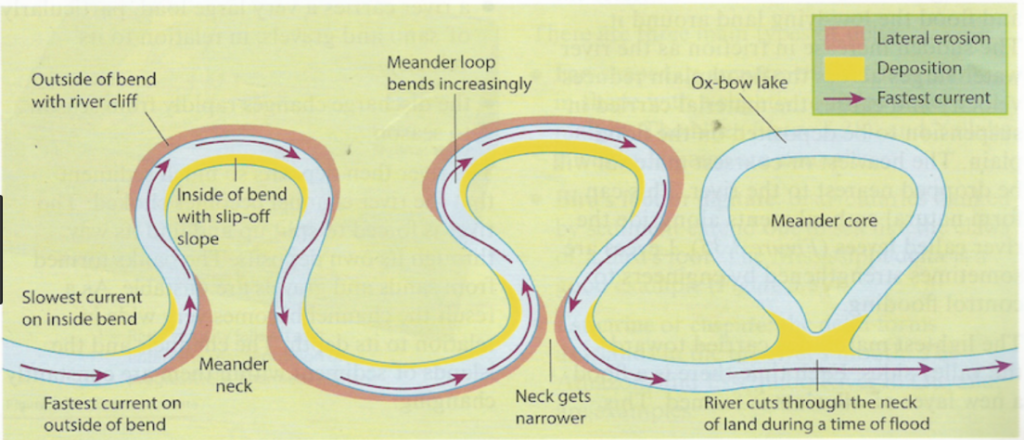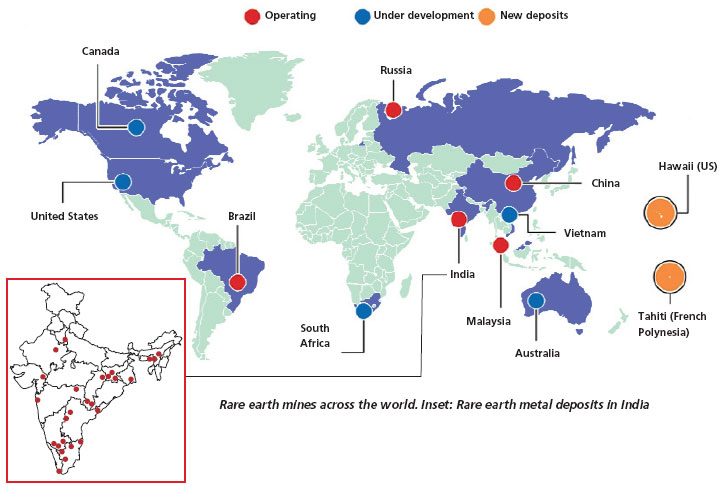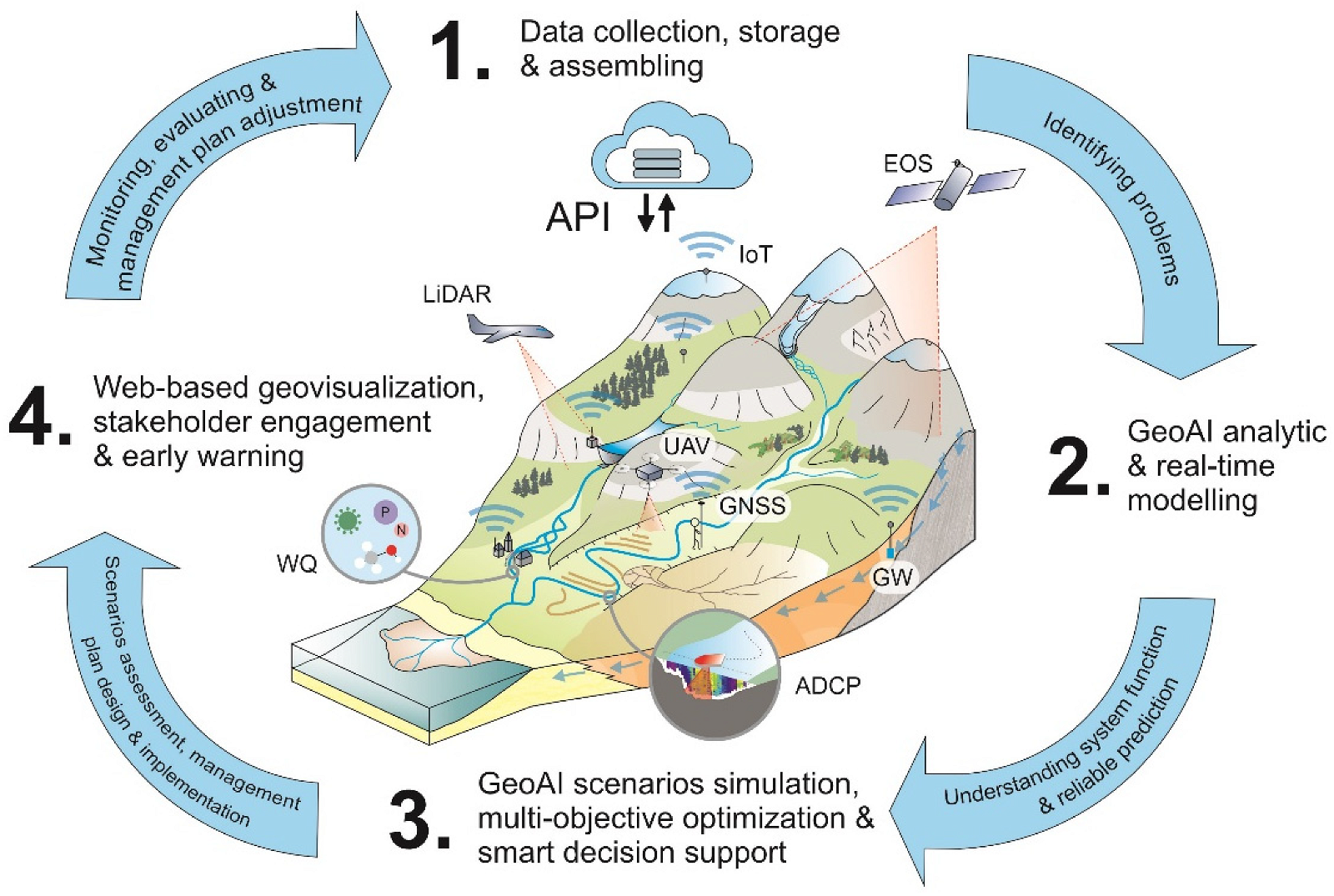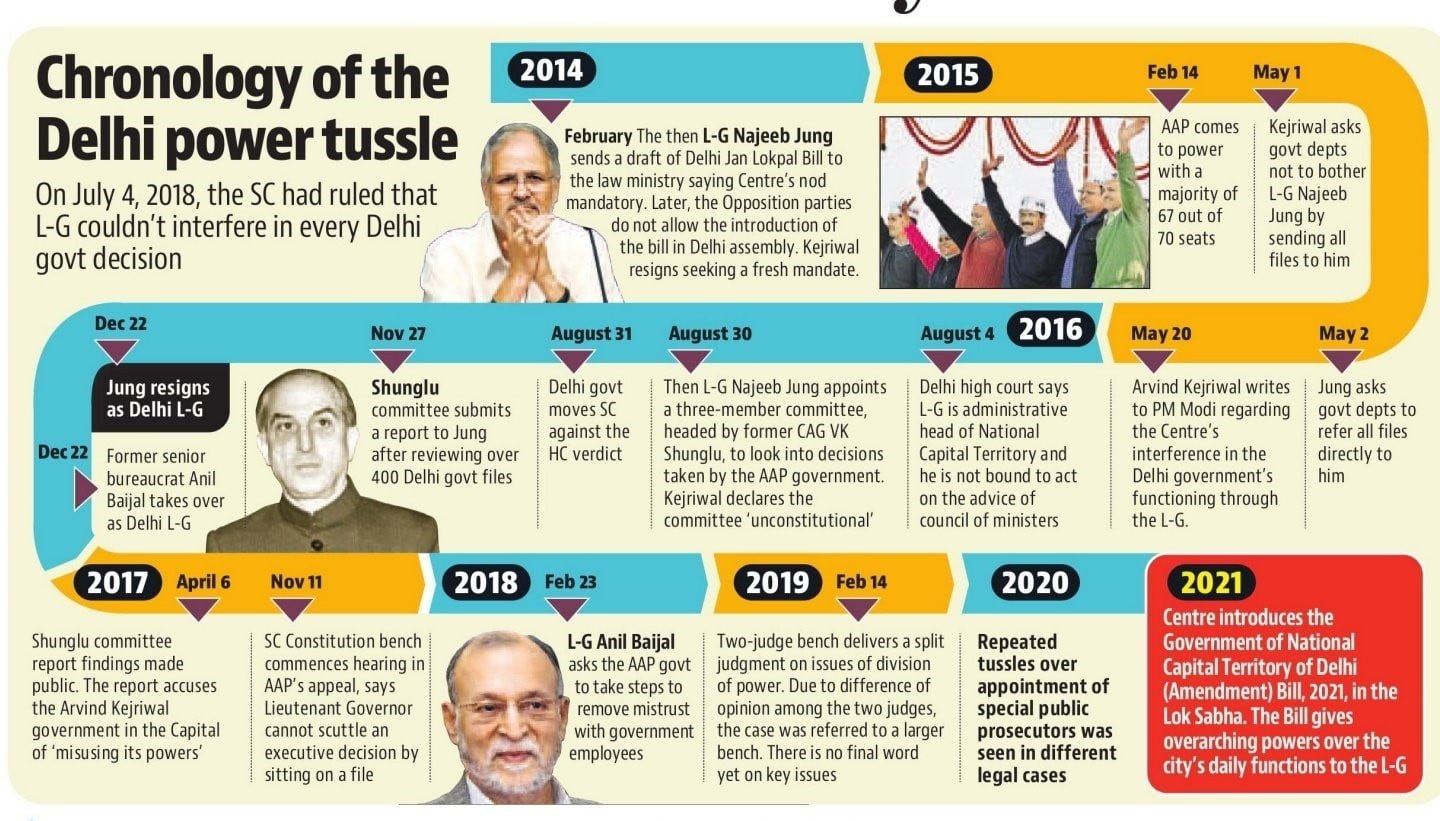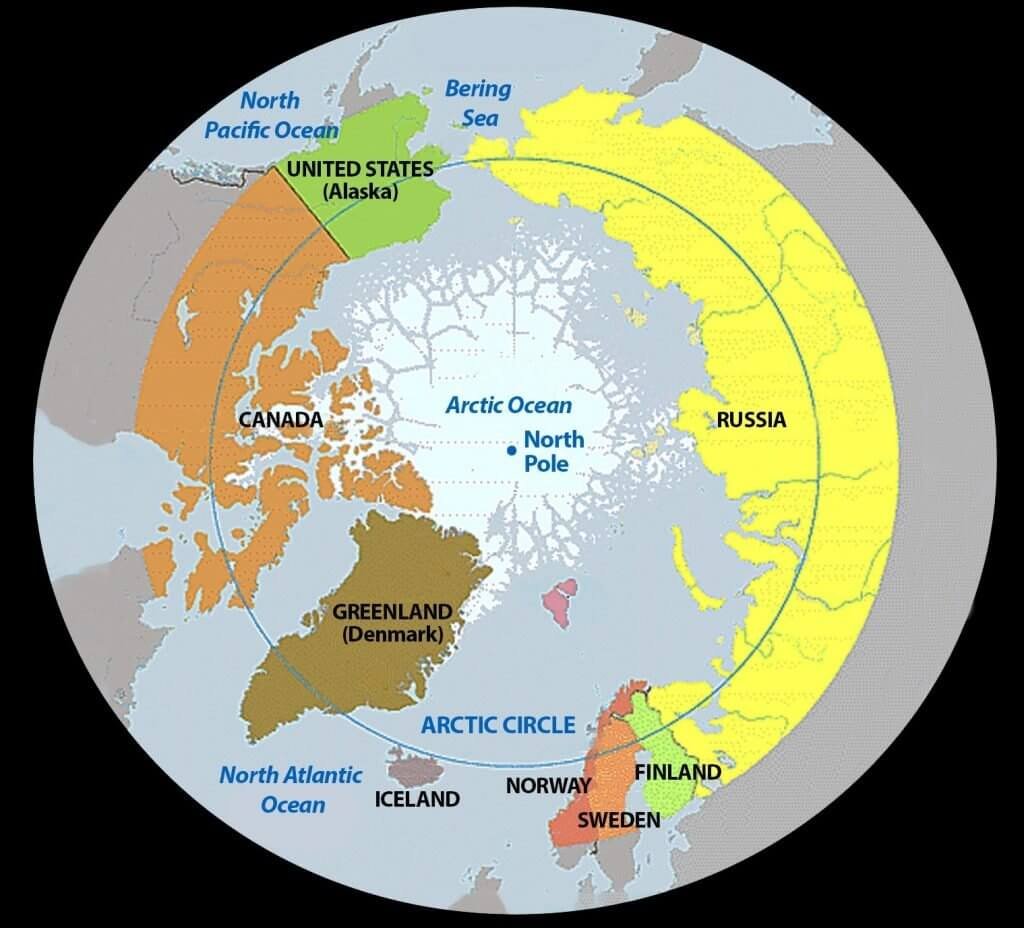
Current Affairs for UPSC Civil Services Exam – May 16, 2024
Subscribers of "Current Affairs" course can Download Daily Current Affairs in PDF/DOC
Subscribe to Never Miss an Important Update! Assured Discounts on New Products!
Must Join PMF IAS Telegram Channel & PMF IAS History Telegram Channel
{GS2 – MoHFW – Initiatives} Tele MANAS *
- Context (TH): Tele MANAS has observed an increase in calls from individuals aged 15–30.
- Commonly reported issues include sleep disturbances, heightened stress levels, low mood, fear of inadequate studying, anxiety over potential failure, and concerns about parental reactions.
About Tele Mental Health Assistance and Networking Across States (Tele-MANAS)
- It is an initiative of the Ministry of Health and Family Welfare.
- It aims to provide free tele-mental health services all over the country round the clock, particularly catering to people in remote or under-served areas.
- The programme includes a network of 23 tele-mental health centres of excellence.
- Nodal Centre: National Institute of Mental Health and Neuro Sciences (NIMHANS).
- International Institute of Information Technology-Bangalore (IIITB) provides technology support.
{GS3 – Envi – Conservation} Critical Tiger Habitat (CTH) *
- Context (TOI): The SC ordered the immediate closure of 68 mines operating within a 1 km radius of the Sariska critical tiger habitat (CTH).

Critical Tiger Habitat (CTH)
- Governed by the Wildlife Protection Act of 1972.
- These are the core areas within tiger reserves with the highest level of protection.
- Notified by the state government in consultation with an expert committee established for this purpose.
Critical Wildlife Habitat (CWH)
- Established under the Scheduled Tribes and Other Traditional Forest Dwellers (Recognition of Forest Rights) Act, 2006.
- CWLHs are areas within national parks and wildlife sanctuaries that must be preserved for wildlife conservation purposes, not limited to tigers.
- Settlement of forest rights under the Forest Rights Act is mandatory for CWLHs.
- Identification of CWLHs carried out by the Forest Departments on a case-to-case basis.
- Notification of CWLHs requires the consent of Gram Sabhas and affected stakeholders.
{GS3 – Envi – Conservation} Soil Nailing Method to prevent landslides
- Context (TH): The ‘slope stabilisation using soil nailing and Hydroseeding method’ is being adopted in the Nilgiris to prevent landslides.

Credit: Technology for Wildlife Foundation
- Soil nailing is a geotechnical engineering technique used to reinforce soil to make it more stable.
- It is used for slopes, excavations, retaining walls, etc., to make it more stable.
- It involves inserting slender rebars into the soil, laying reinforcing mesh on the slope surface, and applying concrete to form a composite body. This structure, akin to a gravity retaining wall, securely bonds reinforced rods with the surrounding soil.
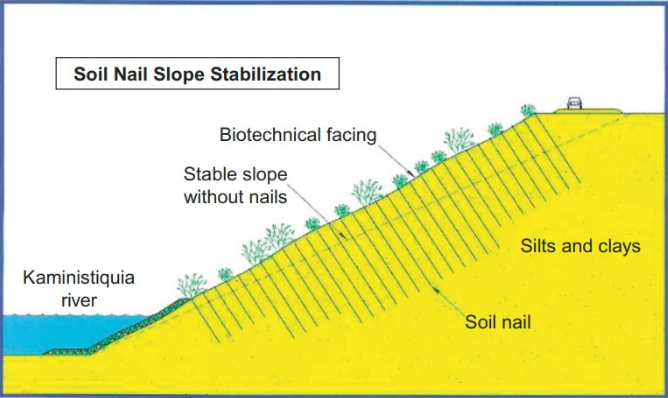
Credit: Larimit
- Following the process of strengthening the slope, ‘hydroseeding’ – a process of applying a mixture of seeds, fertilizer, organic materials and water onto the soil to facilitate the growth of grass and plant life, which will help hold the topsoil together and prevent erosion.
Applications
- Stabilization of existing retaining wall
- Excavating retaining structures in urban areas for high-rise buildings and underground facilities.
- Landslide redemption
- Stabilization of highway and roadway embankments and cut slopes
- Steep cutting stabilisations
- Stabilizing of over steep existing embankments
Benefits
- It mitigates slope instability by reinforcing the soil, preventing collapse, and enhancing overall slope stability.
- It can improve the strength and stiffness of the soil while reducing the pore water pressure.
- It is a fast, flexible, and economical slope stabilisation method that does not require extensive excavation, foundation, or equipment.
- It can preserve the natural appearance of the slope by blending or vegetating the facing material.
- Provide long-term stability to existing concrete structures without demolition and rebuilding costs.

Credit: Zcctechno
Limitations
- Its effectiveness diminishes with increased depth.
- Its efficacy is highly dependent on soil conditions, and unsuitable conditions may impact the overall stability achieved.
- Environmental and safety risks associated, such as noise, vibration, dust, or slope instability during the installation process.
{GS3 – Envi – Degradation} Delhi’s Solid Waste Management (SWM)
- Context (TH): The Supreme Court recently criticised solid waste management (SWM) in New Delhi as more than 3,800 tonnes of solid waste remain untreated.
The mounting problem of Delhi’s waste generation
- According to the 2011 Census, New Delhi’s population was about 1.7 crore (2.32 crore in 2024).
- The average per capita waste generation is about 0.6 kg/day per person, generating approximately 13,000 tonnes per day (TPD) of waste – which adds up to about 42 lakh tonnes per annum.
- With the city’s population expected to rise to 2.85 crore by 2031, the waste generation could go up to 17,000 TPD.
Processing capacity of SWM
- About 90% of the waste generated in the city is collected by municipal corporations.
- Delhi’s waste-processing facilities have a collective design capacity of about 9,200 TPD. This includes composting facilities handling around 900-1,000 TPD and waste-to-energy projects handling 8,200 TPD.
- The 3,800 TPD of unprocessed waste is disposed of in the three designated landfills: Gazipur, Bhalswa, and Okhla.
Harmful impacts of unprocessed waste
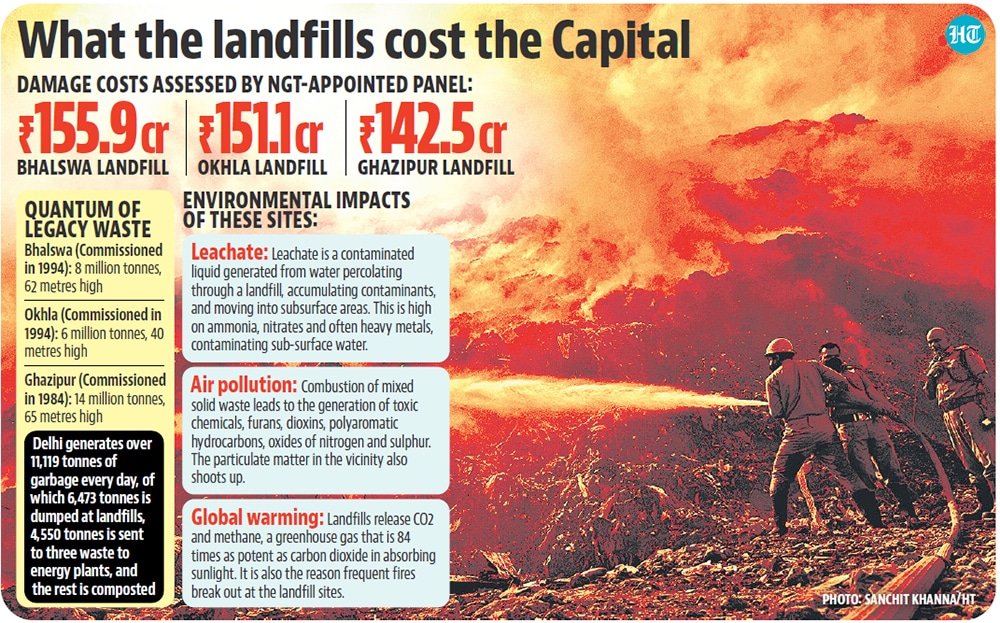
Credit: HT
- The landfills, consisting of unprocessed wet and dry waste, generate methane gases, leachates and cause landfill fires.
- The accumulation of unprocessed waste has led to a staggering 2.58 crore tonnes of legacy waste piling up over 200 acres of land.
|
Challenges in tackling waste
- Lack of waste segregation at source due to which unprocessed mixed waste enters landfills.
- Lack of large land parcels for waste processing plants.
- Lack of public awareness of proper waste management practices contributing to littering and improper disposal habits.
- Lack of regular waste collection services in certain areas.
- Illegal dumping in open areas and water bodies.
- Inefficient implementation of waste management rules.
- Lack of coordination among various stakeholders resulting in inefficient waste management.
Way Forward
- Scaling up the processing capacity to manage daily waste.
- Biodegradable wet waste should be composted or used to generate biogas.
- Among non-biodegradable dry waste, recyclable waste can be sent to recycling facilities. The non-recyclable dry waste fraction, also called refuse-derived fuel (RDF), consisting of plastics, paper, and textile waste, has good calorific value & can be used to generate power in waste-to-energy projects.
{GS3 – Envi – Degradation} Land sinking in Bikaner and Barmer
- Context (DTE): Incidents of land subsidence took place in Rajasthan, alarming geologists and public.

Credits: DTE
- Both incidents took place in the desert districts of Bikaner and Barmer, raising suspicions of a possible connection between them.
- The preliminary reports suggest that water is a common factor in both districts.
- It is attributed to excessive groundwater exploitation and reduced rainfall.
- A high degree of groundwater exploitation may dry up the water-bearing aquifer rocks/sediments at the contact zone of the subsurface hard rocks and aeolian deposits.
- This may induce compaction of dried-up pore spaces/voids, consequently reducing the volume of subsurface strata and resulting in loose sand-bearing land subsidence.
- Fuller’s earth in the soil dissolved floodwater in 2005, creating a cave-like space underground.
- Subsequent water shifts created a vacuum, resulting in the emergence of cracks as the soil burst due to decreasing groundwater levels.
{GS3 – IE – Securities} India International Bullion Exchange (IIBX)
- Context (TH): The State Bank of India (SBI) became the first bank to become a trading-cum-clearing (TCM) Member of the India International Bullion Exchange (IIBX) at the GIFT City in Gujarat.
- It enables SBI to conduct trades on the IIBX platform and settle them on behalf of its clients.
- India International Bullion Exchange (IIBX) is India’s first International Bullion Exchange set up at the GIFT City, Gandhinagar.
- IIBX is regulated by the International Financial Services Centres Authority (IFSCA).
- It shall be the Gateway for Bullion Imports into India, wherein all the bullion imports for domestic consumption shall be channelised through the exchange.
- IIBX will facilitate efficient price discovery while ensuring responsible sourcing and quality. It will also give impetus to the financialisation of gold in India.
- Bullion on IIBX is traded in the form of Bullion Depository Receipts (BDRs).
|
{GS3 – S&T – Tech} Neural Processing Unit
- Context (BS): Apple introduced the M4 chip with the iPad Pro recently. The most notable change in the M4 is the addition of a 16-core Neural Engine, also known as a Neural Processing Unit (NPU).
What is NPU (Neural Processing Unit)?
- NPU is a specialised processor explicitly designed for executing machine learning algorithms.
How is NPU different from a Central processing unit (CPU)?
- CPUs use sequential computing, processing one instruction at a time, while NPUs employ parallel computing to execute multiple calculations simultaneously.
- NPUs are faster and more efficient compared to CPUs due to their parallel computing approach.
How is NPU different from a Graphics processing unit (GPU)?
- GPUs also have parallel computing capabilities, but they are primarily used for graphic rendering and resolution upscaling.
- NPUs consume less power and are more efficient than GPUs for AI-related tasks.
Significance: Shift towards smaller AI models
- Large language models (LLMs) are typically too large to run on a device, so big tech companies have started releasing small language models that can run entirely on-device.
- For example, Google’s Gemma, Microsoft’s Phi-3, and Apple’s OpenELM.
- The NPUs play a crucial role in deploying on-device AI applications.
- On-device AI models reduce the need for cloud processing and enable AI applications to run directly on hardware.
|
{Prelims – In News} Ozempic/Semaglutide
- Context (TH): Ozempic is garnering a lot of attention on social media platforms as a way to lose weight.
- Ozempic, Wegovy, and Rybelsus are the brand names for semaglutide, developed by Novo Nordisk.
- It is used to treat patients with type-2 diabetes, approved by the USFDA in 2017.
- Semaglutide is a glucagon-like peptide-1 receptor agonist (GLP-1 RA) drug that increases the secretion of insulin (decreases blood sugar levels) after a meal while reducing the production of glucagon (increases blood sugar levels).
- Aids in weight loss, lowers the risk of hypoglycemia and improves heart health and kidney function.
- It increases gastric emptying time, meaning food takes longer to pass through the gastrointestinal tract and makes one feel full for a longer period of time.
- It may cause facial ageing and skin sagging, referred to as Ozempic face.
|
{Prelims – PIN India} Kanwar Lake | Oxbow Lake *
- Context (DTE): Kanwar Lake has shrunk over the years due to reduced water levels.
About Kanwar Lake
- It is known as Kabartal locally and is located in Bihar’s Begusarai district.
- It is a residual oxbow lake & Asia’s largest freshwater oxbow lake.
- It is formed due to the meandering of the Burhi Gandak River, a tributary of Ganga.
- It is a rainfed lake, according to waterbody experts and fills up during the monsoon season.
- It is the first and only wetland in Bihar of international importance under the Ramsar Convention.
- In 1986, it was declared a protected area by the state government. Later, it was designated as a sanctuary by the central government to prevent bird poaching.
- Challenges faced by Kanwar Lake: Increasing silt accumulation, deforestation, and land disputes.
Oxbow lakes
Credit: Geography all the way Meandering
|
{Prelims – S&T – Defence} Igla-S
- Context (TH): The Army is set to receive the second batch of Igla-S missiles from Russia.

Credit: Sputnik
- The Igla-S is a very short-range air defence system (VSHORAD).
- It is a hand-held defence system, a man-portable air defence system (MANPADS), that can be operated by an individual or crew.
- The Igla-S consists of the 9M342 missile, the 9P522 launcher, the 9V866-2 mobile test station and the 9F719-2 test set.
- It is designed to bring down low-flying aircraft and can also identify and neutralise air targets such as cruise missiles and drones.
- It also has night vision capability for low-light operations.
- The Igla-S systems are intended for new air defence formations for high mountainous terrain along the northern border.
{Prelims – Sci – Bio – Diseases} Colorectal cancer (CRC)
- Context (TH): Obesity rates are increasing globally, including in India.
- A 2022 study in The Lancet found that 9.8% of Indian women and 5.4% of men are obese.
- Obesity is linked to higher risks of heart disease, diabetes, and colorectal cancer (CRC).
Obesity & Fat distribution
- Obesity is typically defined using the body mass index (BMI), which considers height and weight.
- A BMI of 25 kg/m2 or higher indicates overweight, while 30 kg/m2 or higher indicates obesity.
- However, BMI doesn’t account for how fat is distributed in the body. Scientists use measures like waist circumference, hip circumference, and waist-to-hip ratio to assess fat distribution.
Colorectal Cancer (CRC)
- CRC refers to cancers of the colon or rectum.
- CRC incidence in India is relatively low, but survival rates after diagnosis are under 40%.
- Indian CRC patients are often young and diagnosed at advanced stages, according to a 2017 study.
Who is at risk of colorectal cancer (CRC)?
- Scientists identified four body shape groups:
- PC1 (generally obese).
- PC2 (tall with a low waist-to-hip ratio).
- PC3 (tall with central obesity).
- PC4 (athletic body shape).
- PC2 and PC4 individuals showed no significant association with CRC risk.
- A gene called AKT was associated with higher colorectal cancer (CRC) risk in generally obese individuals.
- Another gene, RAF1, was linked to CRC risk in tall and centrally obese individuals.
{Prelims – Sci – Bio – Diseases} Shigella Bacteria
- Context (IE): Shigella bacteria was identified as the cause of the recent food poisoning incident in Kerala.
What is Shigella?
- A bacterium of the enterobacter family (a group of bacteria that reside in the intestine, not all of which cause disease in humans).
- It is the second leading cause of diarrhoea (after Rotavirus) worldwide and the third leading cause of under-5 mortality.
Shigellosis: Infection caused by Shigella
- It mainly affects the intestine, resulting in diarrhoea, sometimes bloody stomach pain, and fever.
- Spreads easily, as it takes only a small number of bacteria to make someone ill.
- Shigella sonnei, Shigella flexneri, Shigella boydii, and Shigella dysenteriae are four types of Shigella bacteria affecting humans. Out of these, Shigella dysenteriae toxin causes the most severe disease.
- Shigella boydii and Shigella sonnei often have self-limited watery diarrhoea.
- The mortality is less than 1%. Cases of delayed treatment and antibiotic resistance may cause death.
- Continued proliferation of bacteria in the body, even after giving the antibiotics, produces toxins.
- These toxins can then affect the kidney, cause seizures, lead to multi-organ failure and even turn fatal.
- Transmission: Contaminated food and water or direct/indirect contact with the patient’s excrement.
- Prevalence: It is not very common, but it appears to be exacerbated during pregnancy, in children under five years of age, and in those with weakened immune systems.
- Prevention and Vaccine: No vaccines. However, good public hygiene can reduce shigella transmission by 70%. Properly cooked food can eliminate the disease-causing bacteria.
- Medium Priority Bacteria: Due to increasing antibiotic resistance, especially to fluoroquinolone, in Asian and African regions, this has been classified as a medium priority by the WHO Priority Pathogens List of antibiotic-resistant bacteria.
- Treatment: Third-generation cephalosporins (ceftriaxone or cefixime) and macrolides (azithromycin).




![PMF IAS Environment for UPSC 2022-23 [paperback] PMF IAS [Nov 30, 2021]…](http://pmfias.b-cdn.net/wp-content/uploads/2024/04/pmfiasenvironmentforupsc2022-23paperbackpmfiasnov302021.jpg)
